Light Up Your Life
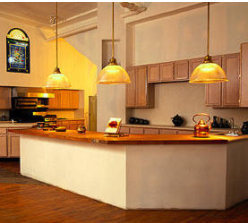 When thinking about lighting, first, consider the LSP Guidelines of Interior Design: function, mood, and harmony. You have to think about what the function of each room is, decide what mood you want to create, and consider how the different lighting types will harmonize in any given room.
When thinking about lighting, first, consider the LSP Guidelines of Interior Design: function, mood, and harmony. You have to think about what the function of each room is, decide what mood you want to create, and consider how the different lighting types will harmonize in any given room.
We'll start our with Function.
Function
Consider first the various functions of the lighting you will provide. Most importantly, you need illumination in certain areas of the room for specific tasks, such as reading, writing or playing a musical instrument. This type of lighting is referred to as task lighting.
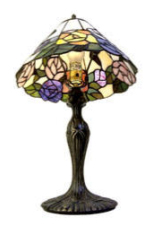 In addition, you need sufficient overall illumination so people can simply see where they're going, and so they don't trip over that great furniture that you have carefully placed in the rooms. This general lighting is referred to as ambient lighting, which is the overall lighting that permeates the entire room.
In addition, you need sufficient overall illumination so people can simply see where they're going, and so they don't trip over that great furniture that you have carefully placed in the rooms. This general lighting is referred to as ambient lighting, which is the overall lighting that permeates the entire room.
Of course, it's hard to separate the function of the lighting from the function of the room, and the two should work together. For example, if the function of a home study is to provide a place for reading, working on the computer, and sitting at a desk, you want to have lighting that will help with those functions; you'd want some kind of soft ambient lighting, with reading lamps strategically placed.
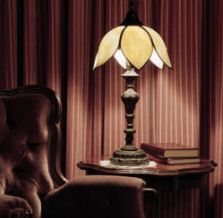 However, the function of a kitchen is very different; here, you need brighter ambient lighting, as well as task lighting for particular areas, such as the cutting board and the kitchen sink.
However, the function of a kitchen is very different; here, you need brighter ambient lighting, as well as task lighting for particular areas, such as the cutting board and the kitchen sink.
Mood Lighting
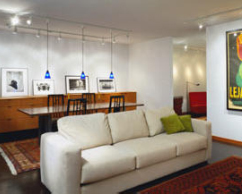 As we saw in the first instalment the first thing to consider in planning lighting for a room is the room's function.
As we saw in the first instalment the first thing to consider in planning lighting for a room is the room's function.
As you're probably aware, in addition to being purely functional, lighting can also influence the mood of a room, in three different ways.
First, the general illumination can strongly influence the mood of a room. A brightly lit room projects a positive, upbeat mood. A darker room is more intimate and romantic. One mistake many people make in lighting their homes is to have only one extreme or the other: so much light that you need sunglasses, or just a dim candle.
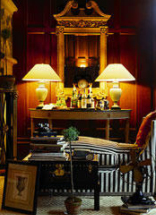 Second, the lighting fixtures themselves express a mood. Some fixtures are traditional, some contemporary. Some are lavish and ornate, some are starkly simple. As with the furniture you select, the style of the lighting fixtures should be suitable in mood to the rest of the decor.
Second, the lighting fixtures themselves express a mood. Some fixtures are traditional, some contemporary. Some are lavish and ornate, some are starkly simple. As with the furniture you select, the style of the lighting fixtures should be suitable in mood to the rest of the decor.
Third, you can provide accents of light in specific parts of a room for no functional reason, but simply because they will add a dramatic touch. For example, you might shine light up through the foliage of a tropical plant, producing an interesting interplay of lights and shadows.











